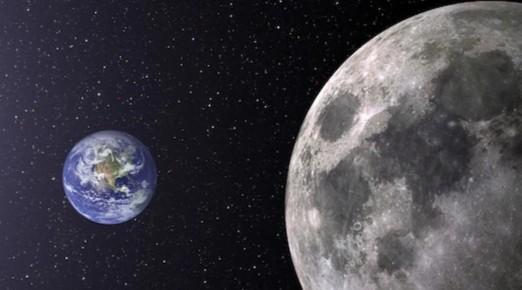Researchers have made a groundbreaking discovery by finding fragments of rare CI chondrite meteorites in lunar soil collected from the Moon’s far side. The soil samples, brought back by China’s Chang’e 6 mission, came from the Aitken Basin—one of the oldest and largest impact craters in our solar system. These meteorite fragments are carbon-rich, displaying unique isotopic patterns and containing minerals like olivine.

Why is This Discovery Important?
Finding CI chondrite meteorites on the Moon is significant because these fragile meteorites rarely survive in Earth’s environment due to atmospheric entry and weathering. The Moon lacks a protective atmosphere, allowing these delicate particles to remain preserved for billions of years. The discovery not only offers a glimpse into the early solar system but also provides scientists with an unprecedented opportunity to study materials untouched by Earthly processes.
What Does This Mean for Space Science?
This finding could help researchers understand the history of meteorite impacts and the composition of the early solar system. It also highlights the value of lunar missions in returning pristine samples for analysis. As more missions target the Moon’s far side, we can expect more exciting discoveries that deepen our understanding of both our Moon and the broader universe.
Sources:
Source








